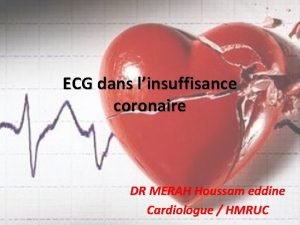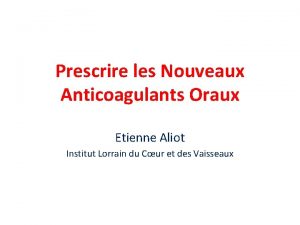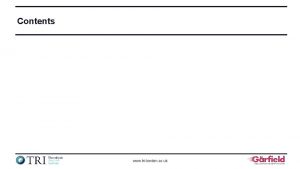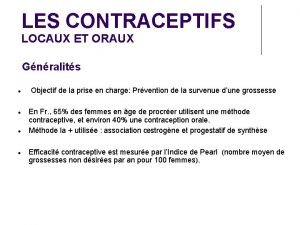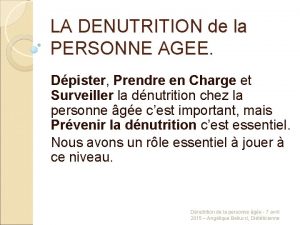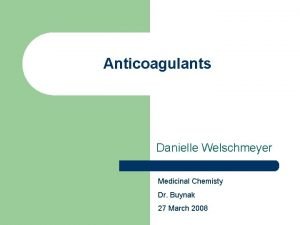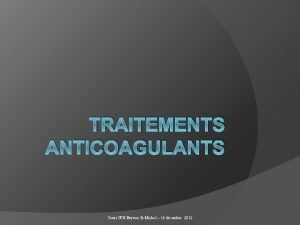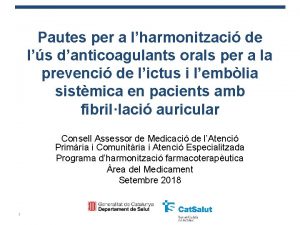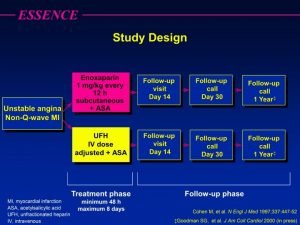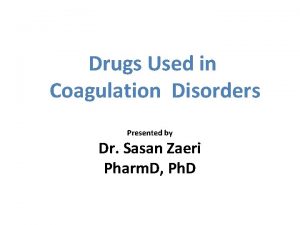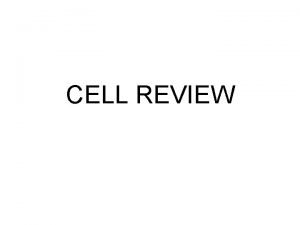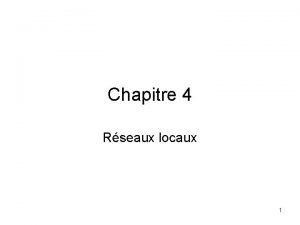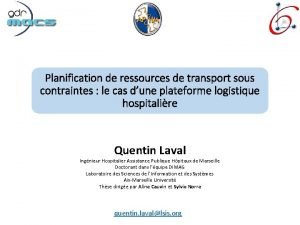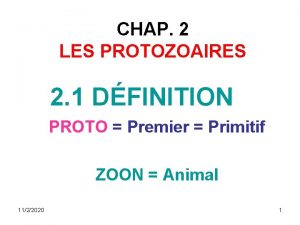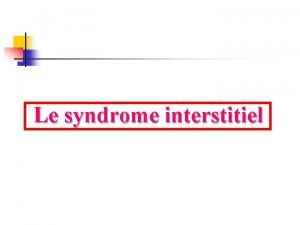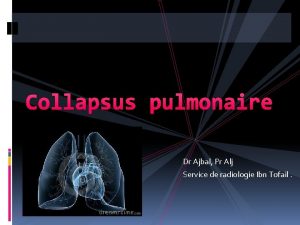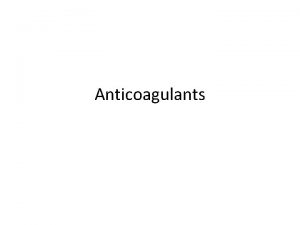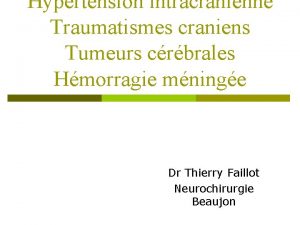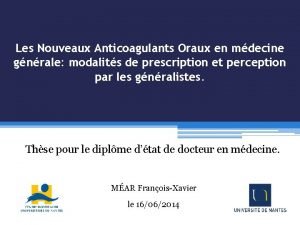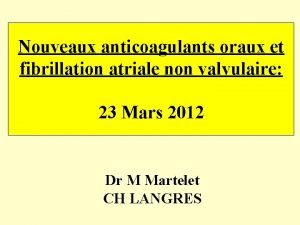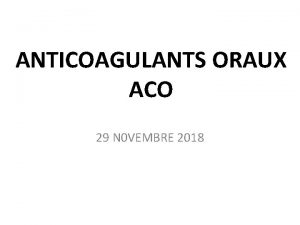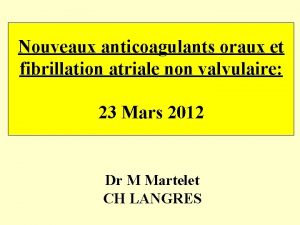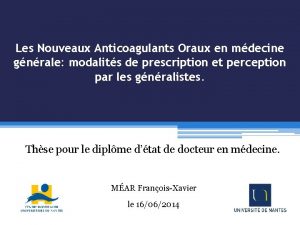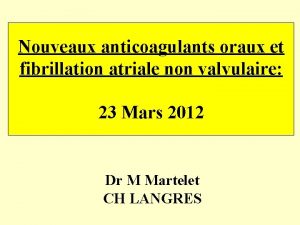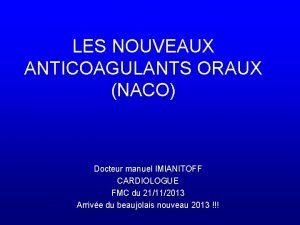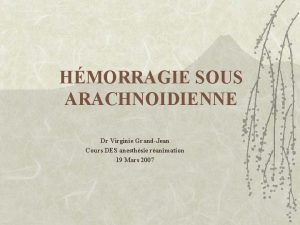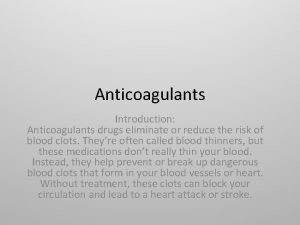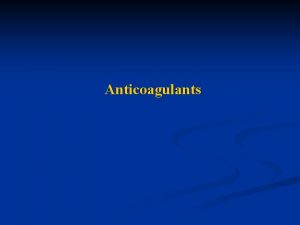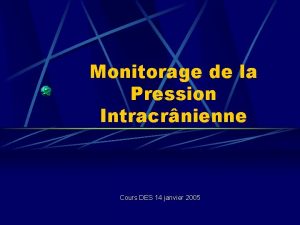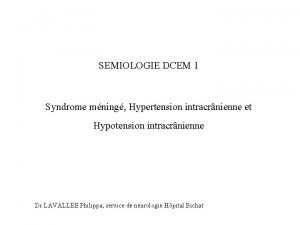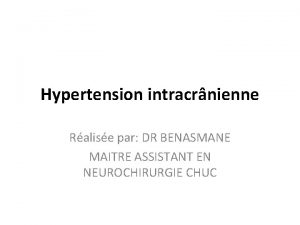Hmorragie intracrnienne sous Anticoagulants Oraux Directs Dr ZIDOUH




































- Slides: 36

Hémorragie intracrânienne sous Anticoagulants Oraux Directs Dr ZIDOUH Saad Pr BELYAMANI Lahcen Service des urgences médico-chirurgicales HMIMV XVIIème journées d’anesthésie et de réanimation de Rabat Samedi 12 mai 2018 1

Anticoagulants Oraux Directs : AMM au Maroc Rivaroxaban en 2012 Dabigatran en 2017 30% des anticoagulants oraux prescrits en France (ANSM) 3 molécules disponibles en France : DCI Dabigatran Rivaroxaban Apixaban Pradaxa® Xarelto® Eliquis® Dosages 75 mg / 110 mg / 150 mg 10 mg /15 mg / 20 mg 2. 5 mg / 5 mg Activité Anti IIa Anti Xa Spécialité 2

Mode d’action des anticoagulants oraux directs ORAL DIRECT PARENTERAL INDIRECT FT / VIIa X IX IXa VIIIa Anti facteur Xa direct : 1) Rivaroxaban Xarelto® 2) Apixaban 3) Edoxaban Eliquis® Lixiana® Anti facteur IIa direct : 2) Dabigatran 1 Pradaxa® Fibrinogène Va Anti facteur Xa indirect via antithrombine (AT) : AT Fondaparinux Xa II AT HBPM AT HNF IIa Fibrine AT, antithrombin; adapted from Weitz et al. , J Thromb Haemost 2005 3

Caractéristiques pharmacocinétiques Delavenne X et al, Rev Med Suisse 2014

5

Roquer J and coll, Neurology 2017 Étude prospective observationnelle 529 Patients 13% 19% Les antithrombotiques = risque de mortalité élevé lors d’un saignement intracrânien 27% 6

Charidimou A and coll 8 études 1552 patients MICRO-SAIGNEMENTS CEREBRAUX = HAUT RISQUE D’HEMATOME INTRACRANIEN MICROSAIGNEMENTS CEREBRAUX > 5 7

hémorragies graves sous AOD Stratification de la séverité FACTEUR TEMPS PRIMORDIALE HAS 2008 8

Direct oral anticoagulant- or warfarin-related major bleeding: characteristics, reversal strategies and outcomes from a multi-center observational study 2002 patients > 66 ans 2010 -2015 Prospective multicentrique Yan xu and coll 2018 9

Direct oral anticoagulant- or warfarin-related major bleeding: characteristics, reversal strategies and outcomes from a multi-center observational study Kaplan-Meier curve of 30 -day mortality following major bleeding event by day of presentation. MORTALITE HOSPITALIERE PLUS BASSE SOUS AOD Yan xu and coll 2018 10

Wilson D Neurology 2016 11 patients 52 Patients Hématomes moins volumineux et Meilleur pronostic clinique avec les AOD 11

Tsivgoulis G and coll RANKIN ≤ 2 à 50% Étude prospective multicentrique (13) 160 patients 12

12 études 393 patients sous AOD 3482 sous AVK AUCUNE DIFFERENCE EN TERME DE TAILLE OU EXPANSION HEMATOME 13

AUCUNE DIFFERENCE EN TERME DE MORTALITE OU DE PRONOSTIC FONCTIONNEL 14

“When life-threatening bleeding occurs with any anticoagulant, a multimodal approach should be considered with hemodynamic and hemostatic resuscitation. ” Corriger l’hémostase Réduction des effets : CCP ou CCPa Réduction des concentrations (< 50 ng/ml = moins de risque) ANTIDOTE 15 Anesthesiology 2015

En pratique ✏ déterminer: âge, poids, nom du médicament, dose, nombre de prises par jour, heure de la dernière prise, indication ✏ Interrompre le traitement ✏ Evaluer la clairance de la créatinine ✏ Contacter le laboratoire d’hémostase ✏ Si disponible : • Temps de thrombine modifié pour Dabigatran • Activité anti-Xa spécifique pour le Rivaroxaban 16

saignement sous AOD: Mesures générales • contrer HTIC • Chirurgie, embolisation par radiologie interventionnelle • Remplissage vasculaire ou transfusion si nécessaire ( GR, plaquettes…) • PFC à visée d’ expansion volémique et non pas de réversion • Acide tranexamique en adjuvant • Desmopressine dans certains cas particulier (coagulopathie ou thrombopathie) Management of bleeding related to OAC. Up to date 2018 17

ANTIDOTES ? 18

ANTIDOTE IDEAL ? Pas d’effets procoagulant Utilisation facile Cible specifique aux AOD Prédictible Action immediate Effet durable 19

ANDEXANET ALFA , First Reversal Agent for Factor Xa Inhibitors, Finally Gains FDA Approval The agent is the second antidote approved for the NOACs, joining idarucizumab, dabigatran’s reversal agent. 4 may 2018 20

Caractéristiques Voie d’administration Délai/durée de réponse Andexanet alfa Bolus IV ou perfusion directe Effet dans les 5 min Volontaires sains âgés Pic : maintenu 2 h après bolus ou 1 - Patients avec hémorragie 2 h après perfusion de 2 h sévère recombinant, modified human factor Xa developed as a direct factor Xa reversal agent. Patients évalués ANNEXA -4 TRIAL Up to date 2018 21

Connolly SJ and coll 2016 Hémostase clinique bonne à excellente chez 78% des patients >12 ↘ 89% Étude prospective randomisée multicentrique (ANNEXA-4 TRIAL ) 67 patients ayant saigné 18 h > prise anti. Xa Andexanet 800 mg puis 960 mg si prise < 7 h ou non précisé Andexanet 400 mg puis 460 mg si prise >7 h ↘ 93% 22

Caractéristiques Voie d’administration Idarucizumab Courte perfusion IV Effet immédiat ou bolus de 5 g Maintenu jusqu’à 24 h fully humanized antibody fragment (Fab) that binds dabigatran with high affinity(x 350) and specificity Délai/durée de réponse Patients évalués • Volontaires sains • Patients avec hémorragie sévère ou chirurgie d’urgence AMM au Maroc depuis 2017 Up to date 2018 23

SURE ET EFFICACE Quelques effets secondaires… Quelques réserves… 24

Gerner ST and coll. Annals of neurology 2018 190 patients Étude rétrospective 19 départements Allemagne 2011 -2015 CONTRÔLE PRESSION ARTERIELLE ↘ LA TAILLE HEMATOME 25

Étude monocentrique 7 patients IRC terminale Dialyse : 200 ml/min 400 ml/min pendant 4 h Dabigatran éliminé à 50 -60% 26

APIXABAN : 6 h EDOXABAN : 2 h DABIGATRAN 2 H RIVAROXABAN efficace à 2 h , 5 h et 8 h 12 volontaires sains 12 volontaires 40 mg rivaroxaban 27

REPRISE DE L’ANTICOAGULATION ? 28

• TIMING OPTIMAL inconnu • Concertation multidisciplinaire • Risque thromboembolique si arrêt des AOD • Risque hémorragique si reprise des AOD • Avis du patient Management of atrial fibrillation ESC 2016. The use of antithrombotic therapy in patients with an acute or prior intracerebral hemorrhage Wijdicks EF Up to date 292018.

Hematology 2016 REPRISE DES AOD 7 à 14 JOURS APRES SAIGNEMENT The use of antithrombotic therapy in patients with an acute or prior intracerebral hemorrhage Wijdicks EF Up to date 2018. 30

HEMORRAGIE GRAVE CHEZ UN PATIENT SOUS DABIGATRAN 31

GESTE INVASIF EN URGENCE SOUS DABIGATRAN 32

HEMORRAGIE ET -XABANS 33

CHIRURGIE URGENTE ET -XABANS 34

Take Home Message • Pharmacovigilance • Tests d’hémostases courants inutiles : temps de thrombine , activité anti Xa, dosage des AOD +++ • Antidotes : enfin!!! Andaxanet et Idarucizumab • Reprise des AOD après saignement intra-cérébral: problématique • Nécessité d’un algorithme décisionnel et d’une procédure au sein de votre hôpital 35

MERCI POUR VOTRE ATTENTION 36
 Lesion sous epicardique
Lesion sous epicardique Zidouh ds2
Zidouh ds2 Compléments nutritionnels oraux
Compléments nutritionnels oraux Zidouh ds2
Zidouh ds2 Triafeni
Triafeni Zidouh ds2
Zidouh ds2 Nutrition entérale
Nutrition entérale Les anticoagulants ifsi
Les anticoagulants ifsi Www testyourinr com
Www testyourinr com Les anticoagulants cours ifsi
Les anticoagulants cours ifsi Pauta harmonització anticoagulants
Pauta harmonització anticoagulants Intrinsic pathway
Intrinsic pathway Cyp450 inducers mnemonic
Cyp450 inducers mnemonic Inner drive definition
Inner drive definition A box weighing 46 newtons
A box weighing 46 newtons Directs all the activities of the cell
Directs all the activities of the cell Corn plant
Corn plant Is the individual internal process that energizes directs
Is the individual internal process that energizes directs Proverbs 25 gnt
Proverbs 25 gnt The person who guides
The person who guides Lignes innominées
Lignes innominées Transceivers ethernet à couche physique
Transceivers ethernet à couche physique Sous refroidissement trop grand
Sous refroidissement trop grand Billot sous les épaules
Billot sous les épaules Planification sous contrainte
Planification sous contrainte Kinetophragminophorea
Kinetophragminophorea épaississement septal pulmonaire
épaississement septal pulmonaire Atelectasie en bandes
Atelectasie en bandes Crachat rouillé de laennec
Crachat rouillé de laennec Croquis l'eau en espagne une ressource rare sous pression
Croquis l'eau en espagne une ressource rare sous pression Guetertransport complete mobility
Guetertransport complete mobility Transport sous température dirigée definition
Transport sous température dirigée definition Ne te sous-estime pas
Ne te sous-estime pas Voie proprioceptive consciente
Voie proprioceptive consciente Mortaise tibio astragalienne
Mortaise tibio astragalienne Sous forme de jeu
Sous forme de jeu Dot
Dot
